Getting a Taste of Plantation Life at Boone Hall
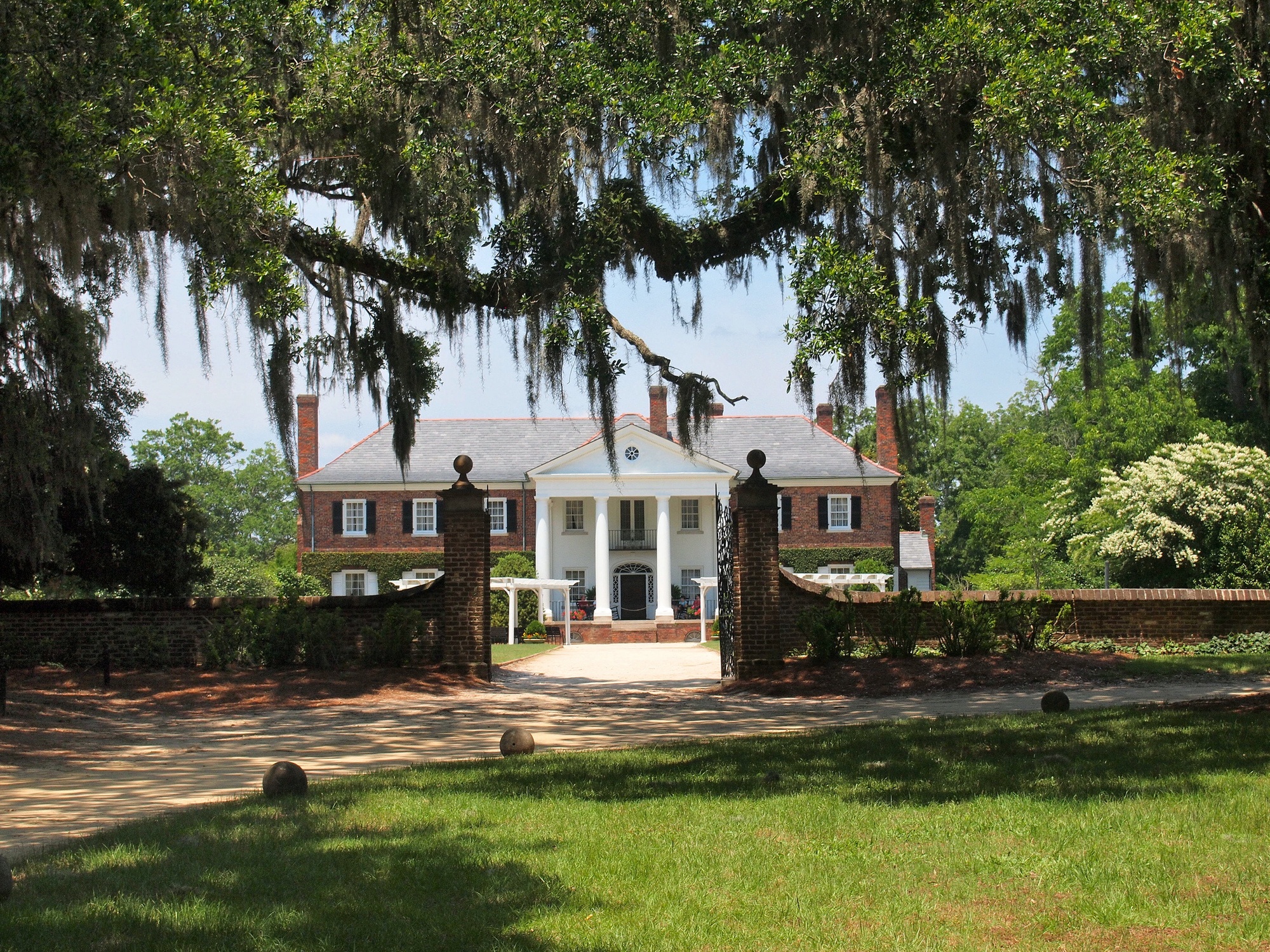
As an American, there are certain aspects of my country's history that I'm not exactly proud of.
It's a shame I know I’m not alone in feeling, though, whether in my country or in other nations and cultures around the world. Nearly every country has something dark in its past that it would rather forget. Wars. Scandals. Discrimination.
The key is NOT to forget these things, though. Instead, we need to learn from the mistakes.
Arguably the biggest “mistake” in America’s history is its centuries of slavery.
Slavery was never confined to the U.S., of course. But in terms of historical hiccups, I feel like slavery has had the most lasting effect on America as a nation. To this day we are still dealing with issues associated with slavery, the Civil War, and the struggle for civil rights.
The good news is that this makes for some fantastic learning opportunities.
On my recent road trip through the Old South, my sister and I decided we wanted to visit at least one antebellum plantation. For a very long time, plantations – and the slave labor that fueled them – were the backbone of the Old South. We wanted to understand plantation life a little better, and after some research settled on a visit to Boone Hall Plantation in Mount Pleasant, South Carolina, just outside of Charleston.
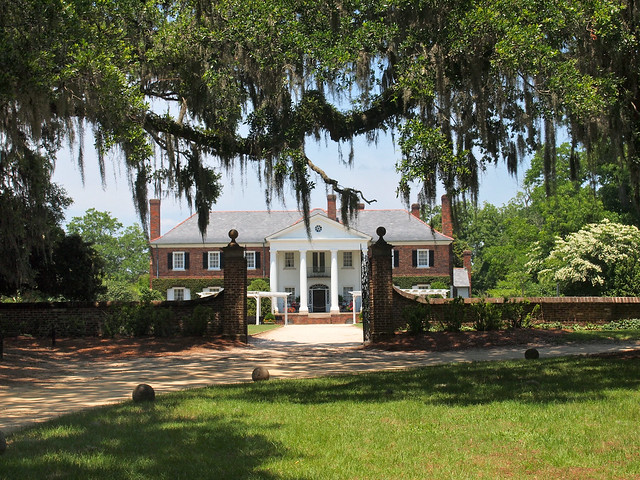
Boone Hall Plantation history
Boone Hall began as a 470-acre plot of land gifted to Theophilus Patey in a land grant in 1681. Patey then gave the land to his daughter and her husband, John Boone, as a wedding gift. Since then, the plantation has grown everything from rice to cotton to pecans to strawberries, and has been owned by everyone from farmers to businessmen to a Georgian prince. (It also grew in size, reaching more than 4,000 acres by the mid-1930s.)
Boone, however, was really the catalyst that started it all. It was his heirs that built the original wooden farmhouse on the land in 1790, as well as planted more than 80 live oaks along the mile-long driveway in 1743 – now known as the famous “Avenue of Oaks.”
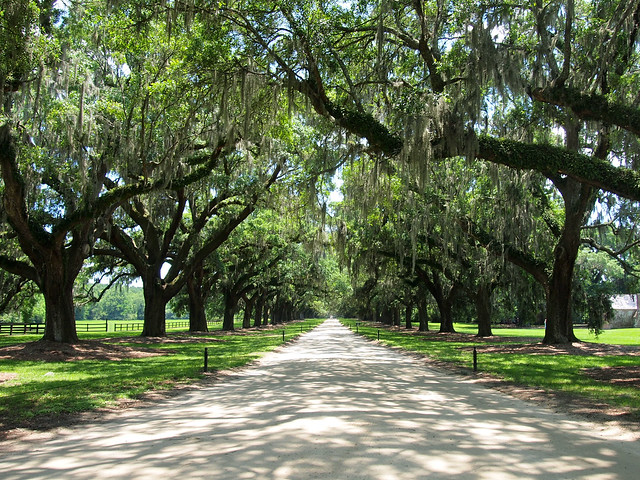
Boone was also the one who began using slave labor to run day-to-day operations of the plantation.
Slaves from West Africa were first brought over to grow rice. Then the crops of choice became cotton and indigo. When the Horlbeck family bought the plantation in 1817, they opened up a brickyard and began producing bricks using the clay from the nearby Wampacheone Creek. These bricks – produced entirely by the slaves – were used to build many buildings in downtown Charleston.
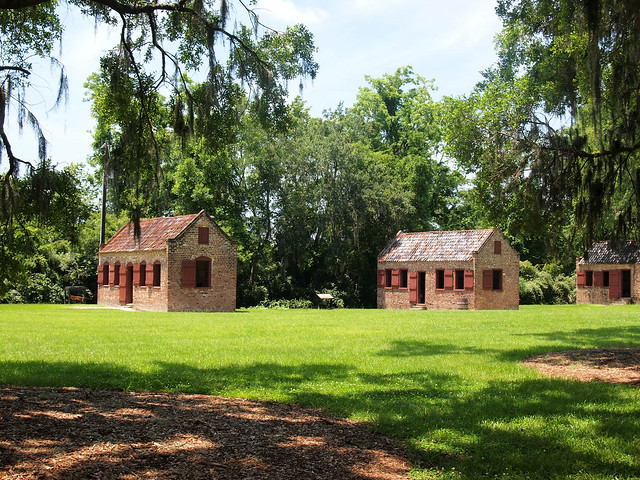
After “the War of Northern Aggression” (AKA the Civil War to us Northerners) ended the slave trade in America, Boone Hall’s main crop became pecans. For a while, it was the largest producer of pecans in the U.S.
Many of the former Boone Hall slaves stayed on at the plantation as sharecroppers – still living in slave cabins and doing their former jobs. (And if you think this doesn't sound like a very great deal, it wasn't; but that was the reality for a majority of “emancipated” slaves who had nowhere else to go.)
After the Horlbecks, Canadian Thomas Stone bought the property in 1935. He owned it long enough to tear down the original wooden farmhouse and build the Colonial Revival-style house that stands at Boone Hall today, using wood from the original house and bricks from the then-defunct Horlbeck brickyard.
In 1955, the current owners (the McRaes) bought the house, opening it up to the public in 1957.
Visiting Boone Hall Plantation
Today, visitors to Boone Hall Plantation can not only tour the house and learn about the families that shaped its history, but they can also take a tour of the property to learn about all the crops that have grown here over the past 320+ years, as well as visit 9 original slave cabins (dating from the late 1700s) that were used by sharecroppers well into the 1900s.
As far as educational experiences go, Boone Hall offers up a lot. Along with a house tour, grounds tour, and interactive exhibits in the slave cabins, my sister and I also sat in on a show at one of the cabins about the slaves that came over to the Carolinas from West Africa and the adjustments they had to make. This look into Gullah-Geechee culture was unexpected, yet fascinating.
Plantation tours often gloss over the story of the slaves, so I appreciate that Boone Hall offers some educational options about this side of plantation life, too.
And the best part is that all the tours and activities at Boone Hall are included with the price of admission.
If you are at all interested in the history of this part of America's past, I highly recommend a plantation tour like this in the Old South.
If You Go…
- Where: Boone Hall Plantation, Hwy 17 in Mount Pleasant, SC
- Hours: Regular business hours
- Admission: $24 per adult
- Admission includes: 30-minute house tour; 40-minute narrated plantation coach tour; entry into the slave cabins, gardens, and butterfly pavilion; and performances at the Gullah Theater
My sister and I settled on Boone Hall both because of the photos we saw (how AWESOME is the Avenue of Oaks?!) and because of the fact that everything is included with the admission price. Other plantations in the area that you can tour charge you separately for every little thing, which can add up quickly.
I also wanted to go to a plantation that at least acknowledges the reality of slavery in the South instead of just glossing over it. Boone Hall isn't perfect in this respect, but offers more than other plantations in the area.
Don't have a car? You can also visit Boone Hall on this plantation tour from Charleston.
Would you want to visit a place like Boone Hall Plantation?
Pin it for later:

Amanda Williams is the award-winning blogger behind A Dangerous Business Travel Blog. She has traveled to more than 60 countries on 6 continents from her home base in Ohio, specializing in experiential and thoughtful travel through the US, Europe, and rest of the world. Amanda only shares tips based on her personal experiences and places she's actually traveled!

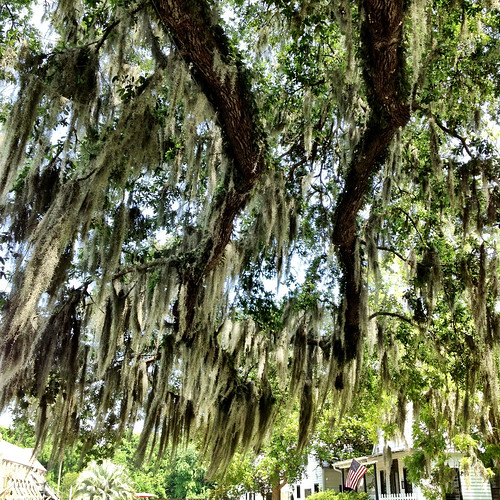
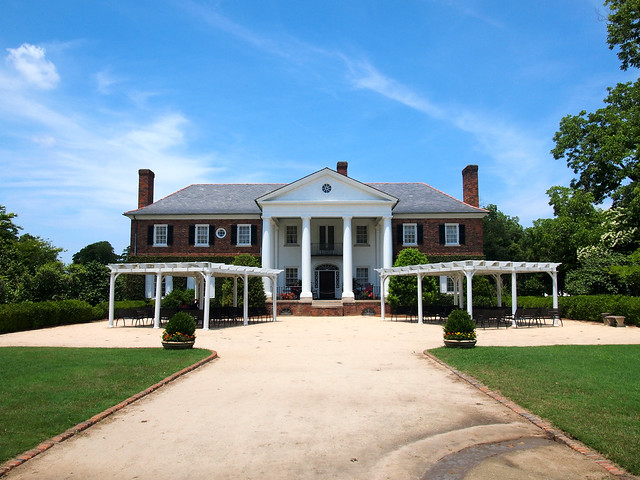
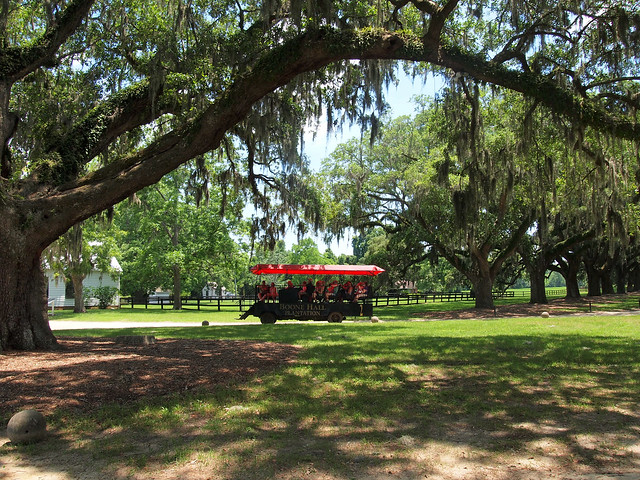
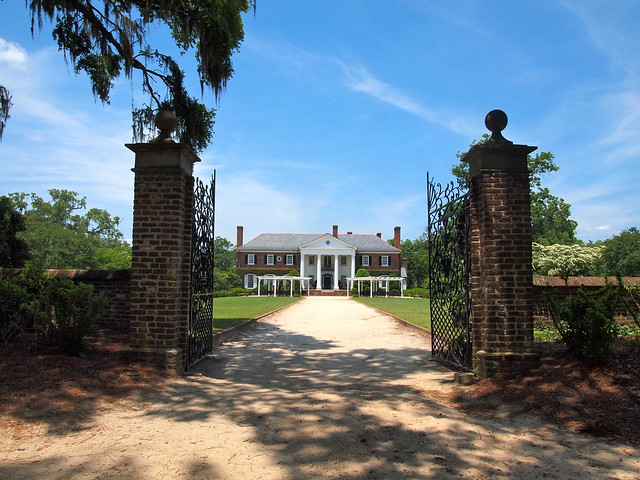
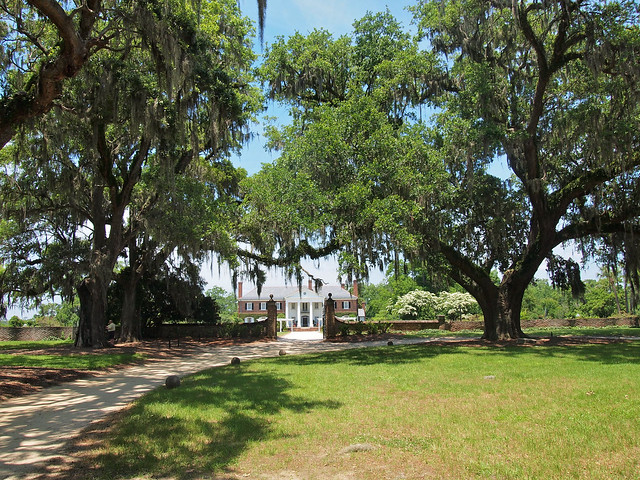
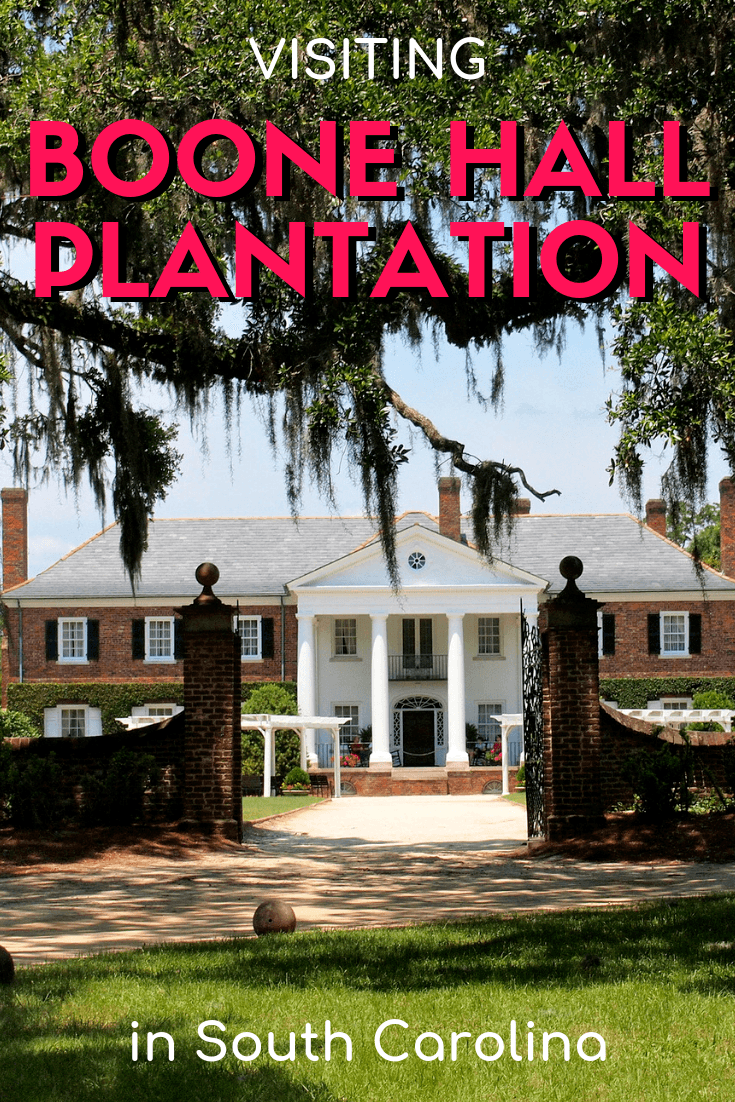









I was just at Boone Hall a couple of weeks ago and as a Canadian, was fascinated – and more than just a little incredulous – at the whole topic of the Civil War and all it entailed. There was an air of defiance in some people when they talked about it, as though it was far less than 140 something years ago! Seeing such tangible evidence of slavery was quite amazing for us northerners… I loved the south, however, and experienced lovely, gracious people and a rich history. Boone Hall was a great place to visit and I echo your recommendation. Great post!
So interesting to hear this from a non-American perspective! I love the South, too, but there are certainly people down there with some interesting opinions on the Civil War… lol. Glad you enjoyed Boone Hall, though! It’s a great place to learn about that kind of life in America.
[…] are quite a few former antebellum plantations in the Old South, but my favorite so far is Boone Hall, located just outside of Charleston in Mount Pleasant, South Carolina. The driveway leading up to […]
[…] Cultural Heritage Corridor (including antebellum plantations where the culture was first shaped by captive Africans brought to the southern United States from […]
[…] are plenty of things my country has done in the past that I am not proud of. Slave ownership and abuse. Internment camps during WWII. And, of course, the Vietnam […]
Sounds like an interesting place to learn about the south’s history. I moved from NJ to GA when I was 15, just in time for sophomore year of high school, and it sometimes felt like the Civil War was still a burning issue for some southerners. Learning about the Civil War in my history class, instead of hearing “the north” and “the south” my teacher would say “we” and “they” which I found strange, and confusing since I had only been living in the south a few months.
It’s still a weird subject in the South. The Civil War is still often referred to as “the War of Northern Aggression” there, which I find interesting. But yes, plantations are definitely good places to learn more about southern history.
I wouldn’t even say it was “arguably” our biggest mistake… This is a hot topic right now: how much of one’s country’s dark past do you erase/censor/suppress vs digging in, studying, and learning. Great post.
Definitely a hot topic right now (timing, eh?). Glad you liked the post. Studying and learning is so important – even when it comes to the darker parts of history. The sad thing is that the dark parts are often left out of mainstream education (or at least glossed over).
I agree with you Amanda, we should definitely visit these places and learn all we can from history – good or bad. I lived in Bagamoyo on the east coast of Tanzania, where they held a lot of slaves before they were shipped out. Very sad.
Helen
History – even the bad parts – has a lot to teach us. I was really glad that this plantation focused so much on the reality of slavery.
Thanks for the tour and history of this beautiful place, come over and link it to my Travel PHoto Monday linkup!
You’re welcome! Glad you liked the post.
another spot to add to my list of things to see while in the south! You always do a great job of incorporating both the travel and history in your posts.
Thank you, Brittany! I’ve always been interested in history. I guess I don’t even usually realize how much of it I tend to incorporate in my posts! I’m glad you guys like that extra touch, though. 🙂
Beautiful area! I sure would like to go!
I would highly recommend it if you’re ever in the area.
I remember how hard I found it to enjoy the beauty of the plantation knowing how horrible the living conditions were for the slaves. The Avenue Of The Oaks is breathtakingly beautiful though!!
It’s definitely tough to reconcile – but also important to visit places like this, I think.
Really great post.
I love that you’ve combined travel and a good deal of history too! Really interesting.
Thanks,
Helen
Glad you enjoyed it, Helen! I love me a good bit of history.
I love how you got to write about the things which are rarely covered on travel blogs!
Well thanks! Glad you like that sorts of things I write about.
I will definitely bookmark this for future trips… I love the Avenue of Oaks shot you got, gorgeous!
It was sooooo pretty there. I would highly recommend a visit.
Great post! Slavery was a real tragedy, but like you said most countries actually have a dark past. I just can’t imagine what life must have been like. I think it is great that they kept the place to raise awareness of what happened during the time.Only through education will future generations learn what not to do.
I totally agree – education about the past (the good AND the bad) is so important.